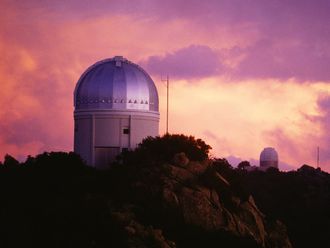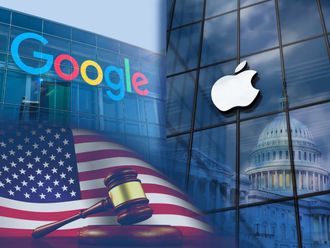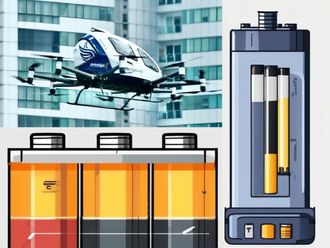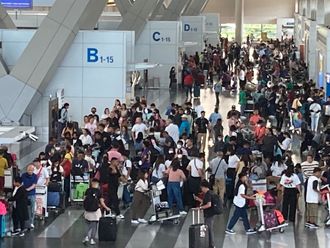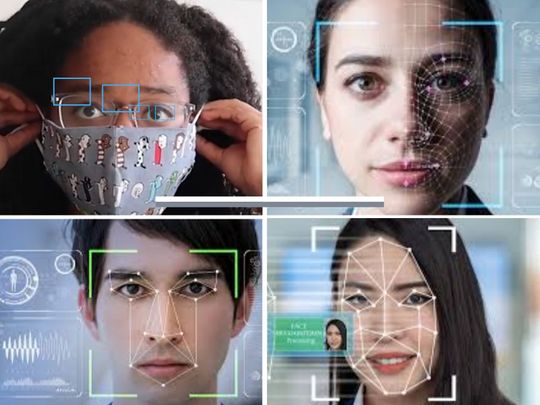
Highlights
- The power of facial recognition is changing the dynamics of entire industries.
- Security technology has witnessed rapid changes over the last few years, moving from wired to wireless to the "cloud" via 4G and 5G.
- Most of these changes, powered by artificial intelligence, are imperceptible to the human eye.
- This transformation is unleashed not only in the tech industry but on the world as a whole.
Dubai: Your face is your password. The power of facial recognition has become as ubiquitous and unobtrusive as smartphones. If you can open your device without punching in a secret number, then you already have it. It’s just one of the applications of this fascinating, intriguing gear.
Today, entire industries — from retail to banking, and from law-enforcement to healthcare — are facing a fresh disruption, thanks to a technology with origins harking back to the '60s. As a solution, facial recognition started a bit slow. But in recent years, a remarkable convergence of factors have seen rapid advaces in this domain. On Sunday, the UAE Cabinet has announced a decision to allow the use of facial recognition in certain sectors. The move is expected to enhance service delivery across the country.
So even in the midst of a tough global pandemic — or perhaps because of it — this technology is set to become more relevant, now more than ever.
Q: Which countries allow the use of facial recognition?
You could be anywhere in the world. If you’re in Timbuktu using an iPhone X (or higher) — or even the more affordable RealMi 5 (or higher) — you’re functionally part of the facial recognition ecosystem. In some countries, facial recognition is used when issuing identity documents and, most often, combined with other biometrics, like digital fingerprints and iris scans to fight fraud and identity theft.
Q: Is facial recognition used in the UAE?
Yes. It's used to enhance community life. In March 2020, Abu Dhabi police upgraded their patrol cars with live biometric facial recognition system. It is also used for border checks.
In Dubai, AI-driven facial recognition is being used to secure public transport. In November 2020, Brig Obaid Al Hathboor, Director of Transport Security Department, said police are all set to introduce a facial recognition system on public transport to boost security for commuters and residents.
“Using artificial intelligence (AI) such as facial recognition has proven its effectiveness to identify suspicious and wanted people,” Brig Al Hathboor told Gulf News at that time.
On Sunday (February 14, 2021), the UAE Cabinet approved the use of facial ID in certain sectors to verify the identity of individuals and cut paperwork. “In a meeting today, we have approved a facial recognition technology to verify the identity of individuals instead of submitting a lot of documents,” His Highness Sheikh Mohammed bin Rashid Al Maktoum, Vice-President and Prime Minister of the UAE and the Ruler of Dubai, stated in a tweet. “The initiative will be expanded if it proves to be successful,” he added.
In Ajman, the police installed 65 new facial recognition devices to check attendance and help curb the spread of COVID-19. A walk through the "Smart Tunnel" at Dubai Airport also gives you a glimpse of how border gates are facing profound changes, thanks to AI.
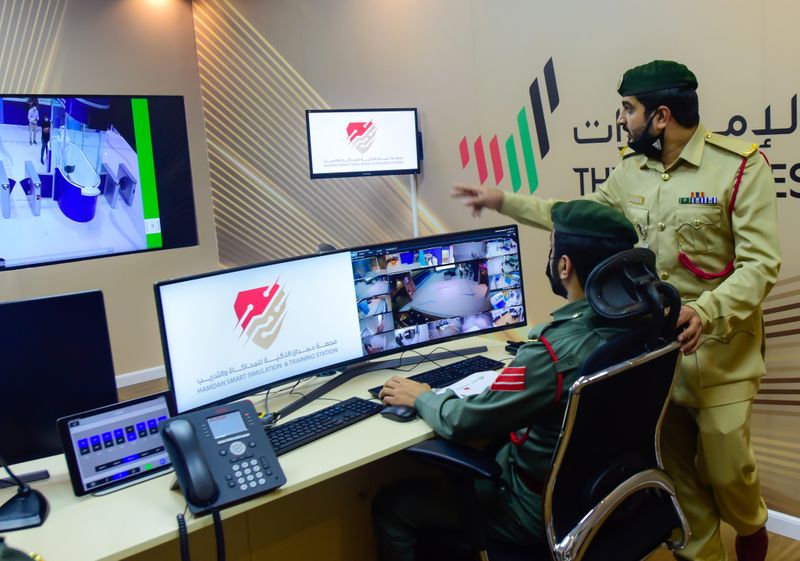
Q: What drives its use?
There's a phenomenal confluence of factors behind its increasing utility: super-fast computers; shrinking size of processors with power doubling every 18-24 months (known as “Moore’s Law”), mass manufacturing and maturing AI. There are least 16 industries touched by facial recognition.

Q: Who pioneered the technology?
A US government-backed work on using computers to identify faces started in 1964. Among the facial recognition pioneers are Woody Bledsoe, Helen Chan Wolf and Charles Bisson.
Q: What did they do?
Initial work involved the manual marking of various “landmarks” on the face — eye centres, brows, mouth etc. To compensate for variation, researchers mathematically rotated the images. The distances between the “landmarks” were fed to a computer and compared between images to determine identity. Slow computing power then had severely hampered these initial steps. But it laid down key principles in proving face recognition is a viable biometric.
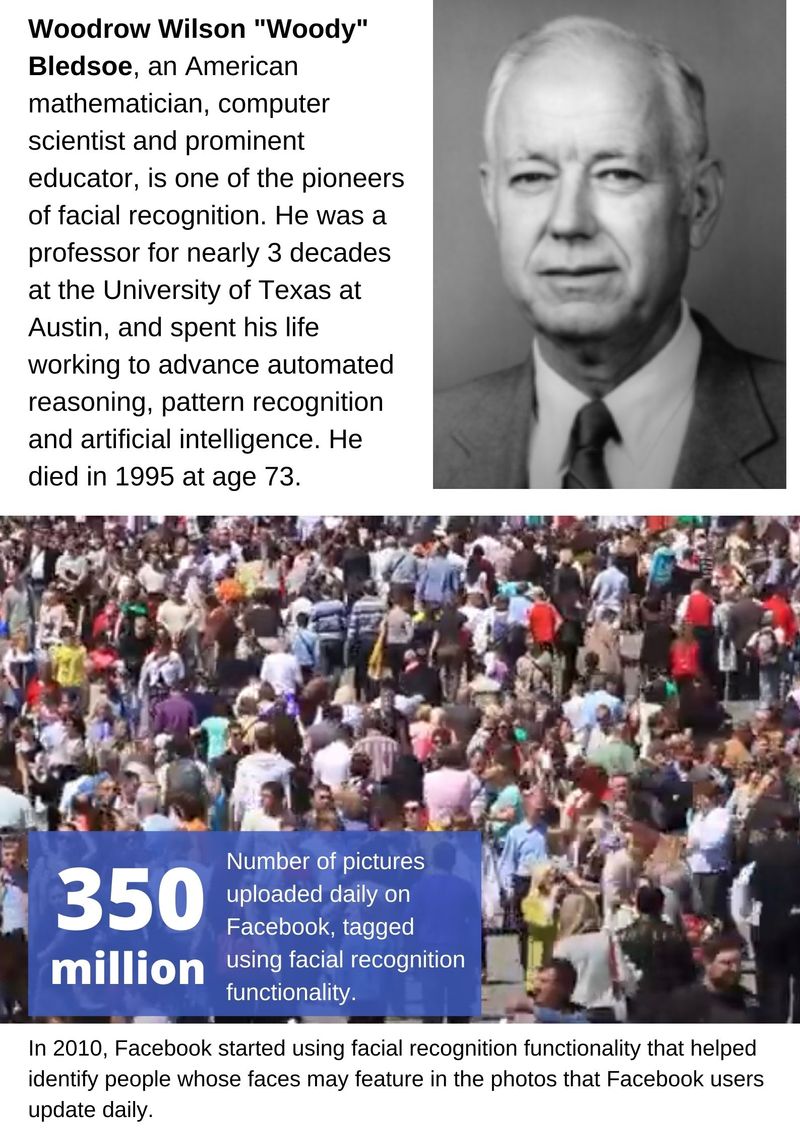
Q: How does facial recognition work?
In a nutshell, facial recognition allows the system to map a face by “training” algorithms. The system stores different images in a database. With enough images of anyone’s face and faster searches, it is now able to come up with a way that recognises your unique features in no time.
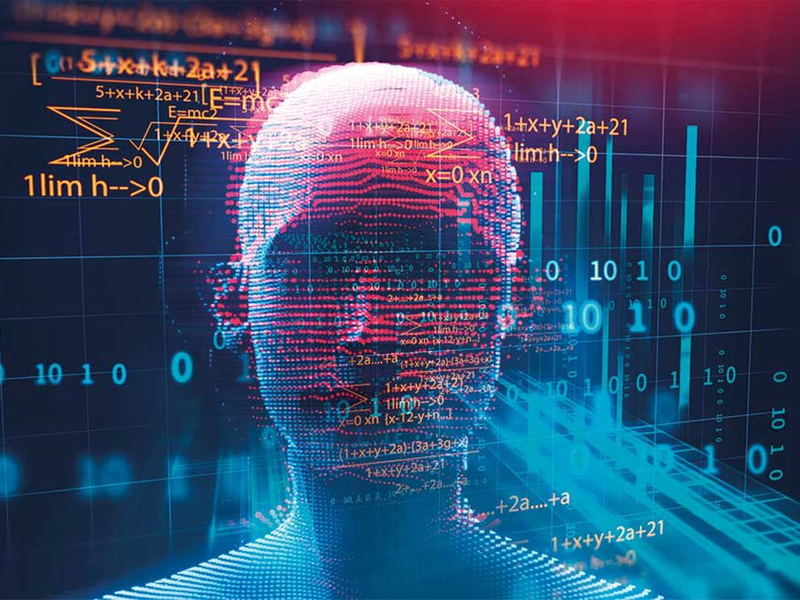
The process can be broken down into 3 general steps:
- Step 1: Your face is captured through a photograph or video. Your image may show you looking straight on or in a series of pictures, including side profiles.
- Step 2: A numeric representation of the face is created. The software reads the geometry of your face and keeps a recording of your facial landmarks, based on the position, size and facial features.
- Step 3: The numeric "map" of your face in the image is compared to database images of previously identified faces, such as an ePassport photograph database.
Q: How fast, and how accurate is facial recognition?
Some companies, like Japan’s NEC, and bodies such as the US National Institute of Standards and Technology (NIST), say up to 99.9% accuracy is possible. With fast number crunching, it’s been claimed that search results can be obtained in less than 1 second.
99.9 %
claimed accuracy of NEC facial recognition systemQ: How many pixels do you need to identify someone?
One report states someone can be positively identified with a lower-resolution camera with only 110 x 110 pixels resolution. In digital imaging, a pixel (also known as pel), is the smallest addressable element in a display device. In short, it is the smallest controllable element of a picture represented on your screen.

Q: What are its benefits?
- Convenience: It’s already being used to open phones, apps — and by extension, all the resources available on your smartphone.
- Enhanced public security: In certain jurisdictions, law enforcement relies heavily on the technology to find suspects and support evidence in criminal cases.a
- Efficiency: Customers who look for products and services also stand to benefit greatly from facial recognition.
Q: What are the key challenges to facial recognition?
On the technical side, with less-than-ideal images taken by security cameras, it may limit the ability to recognise a face. Image quality depends largely on lighting, resolution and facial orientation. The system is not perfect. Earlier, there were reports of gender or racial bias in the use of facial recognition system. A study done by the US National Institute of Standards and Technology (NIST) pointed out its flaws.
For example, the NIST audit found that using a search tool referred to as “one-to-one matching”, there were higher rates of “false positives” for Asian and African American faces relative to images of Caucasians — often ranging from a factor of 10 to 100 times, depending on the individual algorithm. The report also warned that false positives might present a security concern to the system owner, as they may allow access to impostors.
A new challenge presented by the pandemic is the ubiquity of face masks, exposing only half of the face. But that doesn’t change the fact that your face is unique and the top half of your face is just as unique as the bottom half. So, in theory, facial recognition will be able to identify you, with just half-a-face as reference.

• UK: In January 2020, London's Metropolitan Police said they had deployed standalone facial recognition cameras through parts of the capital to tackle knife and gun violence, terrorism, and other major crimes.
• Pakistan: In 2019, Pakistan began installing facial recognition cameras in lounges for arrivals and departures of both domestic and international flights at Islamabad International Airport and introduced a new biometrics-based payment solution.
• Philippines: An Interpol facial recognition database has led to the arrest in Manila of an international fugitive in December, 2019 after more than four million searches conducted against the agency’s databases.
Q: Can facial recognition recognise people wearing masks?
Yes. Facial recognition algorithms have made tremendous progress since its formative years in the mid-1960s. The NIST had conducted independent tests of more than 150 separate facial recognition algorithms. The result: improved ability to recognise masked faces. NIST data published on December 1, 2020 suggest masks may not be as big a problem for facial recognition systems as initially thought.
Japan’s tech giant NEC, meanwhile, has also launched a system that it claims can identify people wearing masks. It homes in on parts of the face (upper portion) that are not covered up, such as the eyes, to verify their identity. NEC said they had been working on a system to meet the needs of allergy sufferers who wear masks — a common practice in Japan — when the COVID-19 pandemic prompted it to accelerate development.
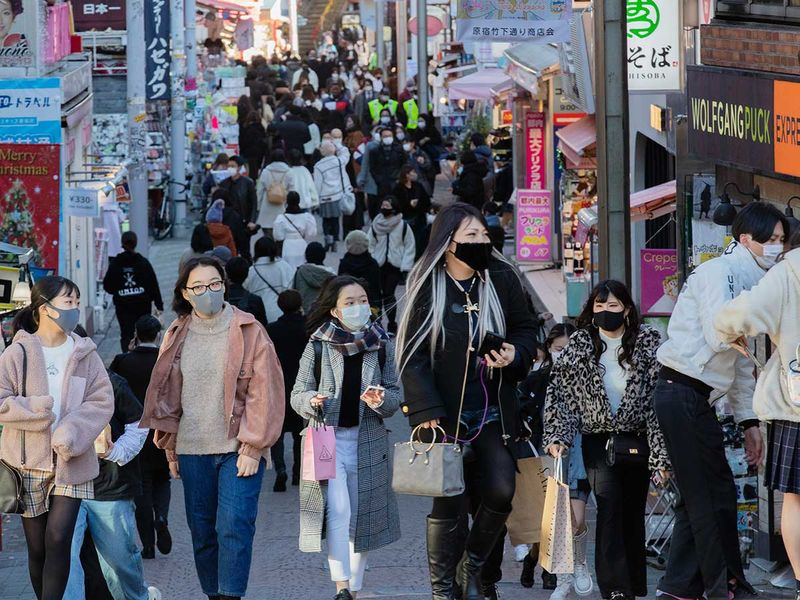
The system determines when a person is wearing a mask and focuses on the parts that are not covered, such as the eyes and surrounding areas, to verify the subject's identity. NEC claims verification takes less than one second — with more than 99.9% accuracy rate. NEC said the system can be used at security gates in office buildings and other facilities. NEC stated it is targeting $970 million in sales in 2021 for its biometrics and video analysis business, which includes its facial technology systems.
Q: How big is the market for facial recognition technology?
In 2019, global facial recognition market was worth $3.5 billion. It’s expected to reach $10 billion by 2025, according to one estimate.
$ 10 b
Estimated market size of facial recognition technology by 2025Q: How is facial recognition disrupting our world?
In 2010, Facebook started using facial recognition functionality that helped identify people whose faces may feature in the photos that Facebook users update daily. The feature kicked up controversy, sparking a slew of privacy-related articles. However, Facebook users by and large did not seem to mind. Having no apparent negative impact on the website’s usage or popularity, more than 350 million photos are uploaded on Facebook and tagged using face recognition each day.
Now, imagine this: In the not-too-distant future, your “face value” is all you need to whizz through checkout-free retail counter. Or go to a concert without the need to purchase a ticket. You could pull out medical records at a doctor’s clinic, or confirm your attendance in an online class. The industries being disrupted by facial recognition could be just the beginning. It's a whole new world.



